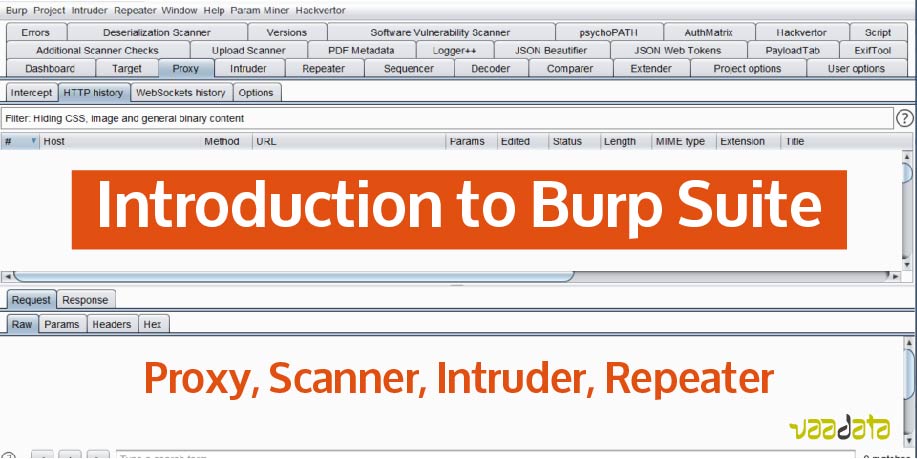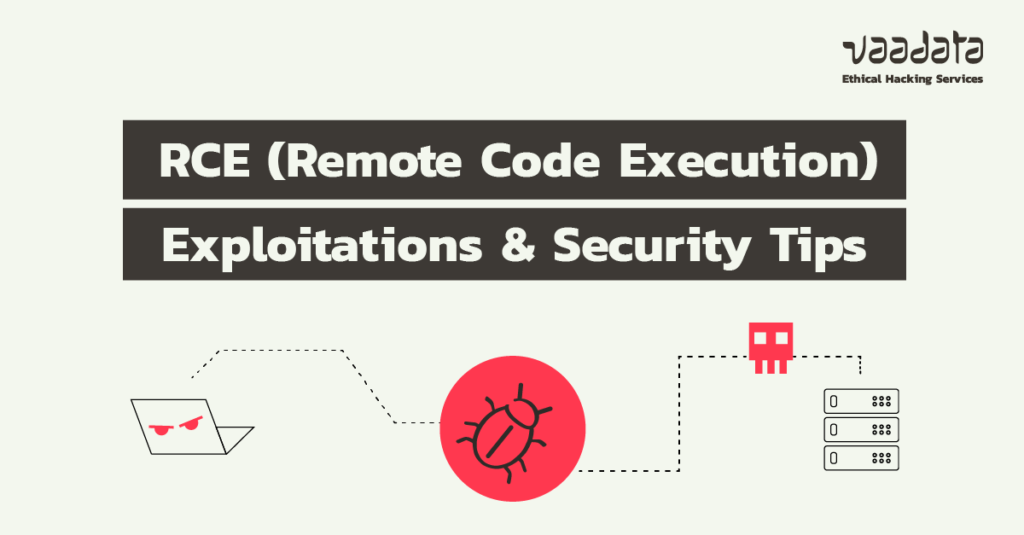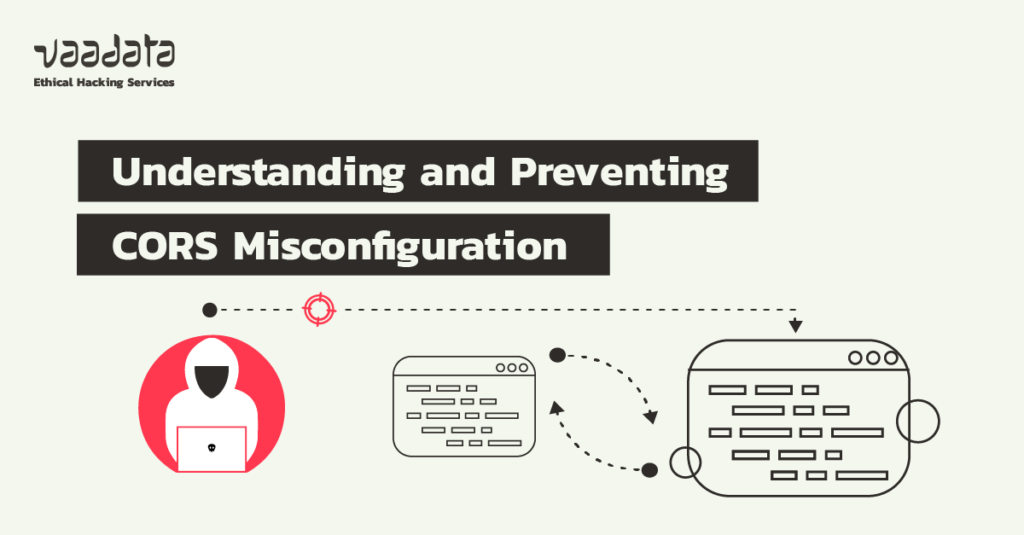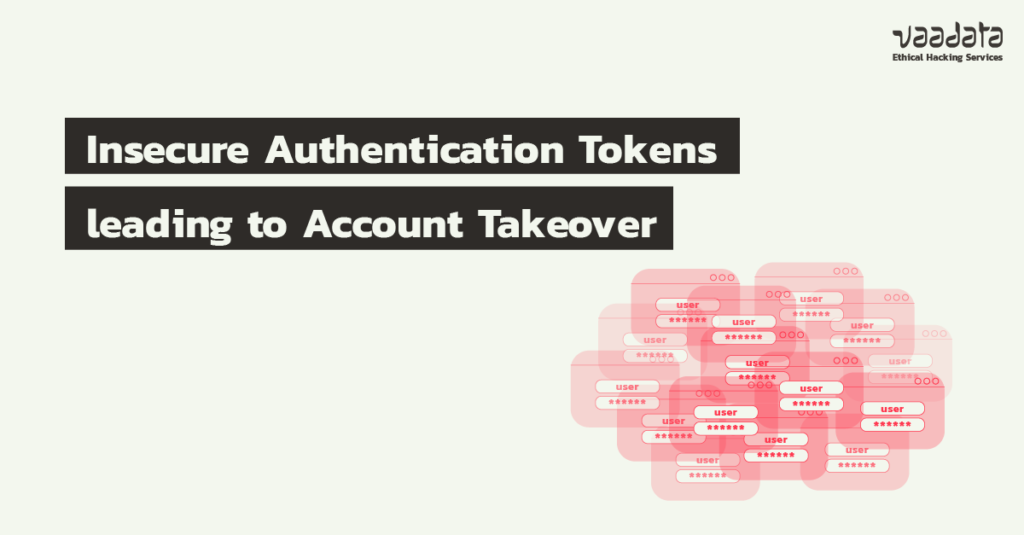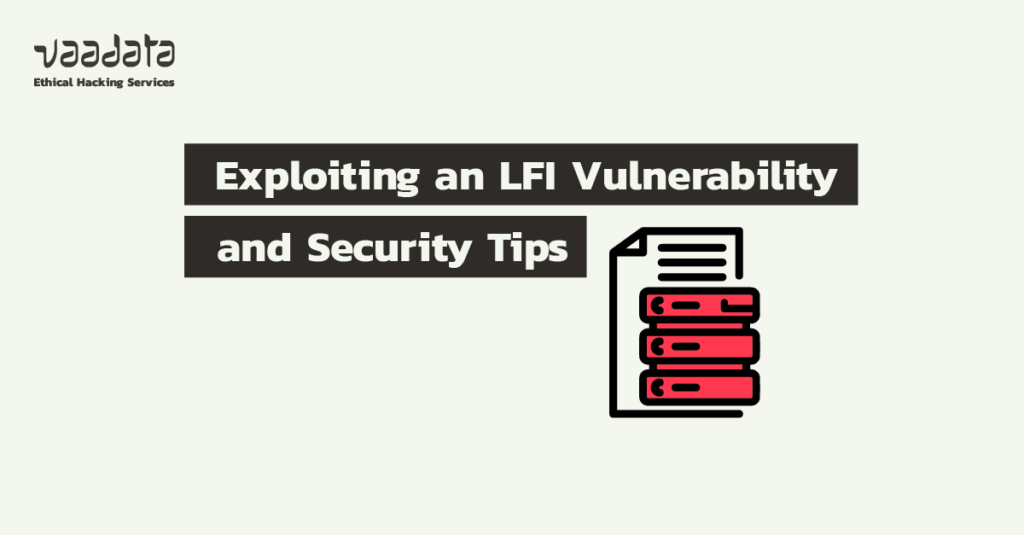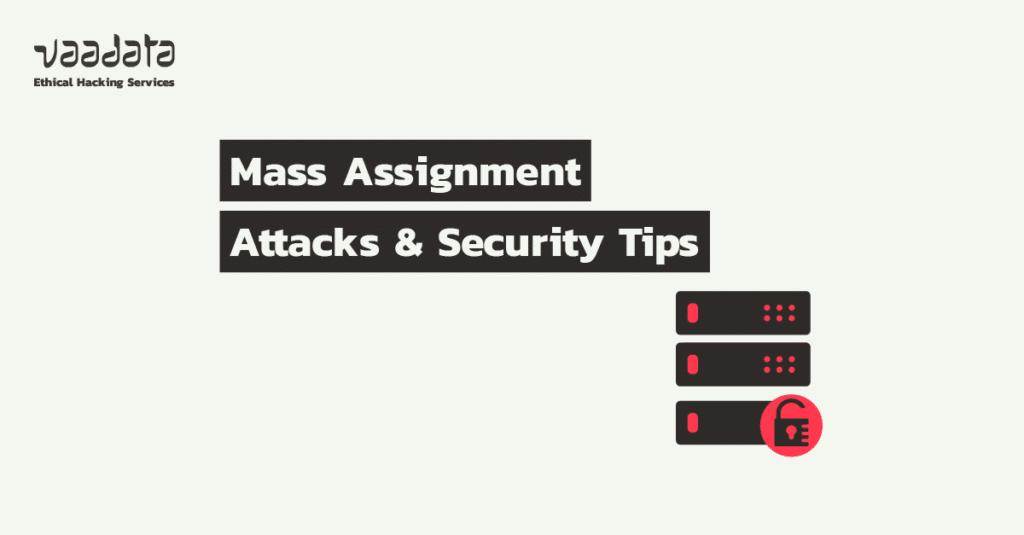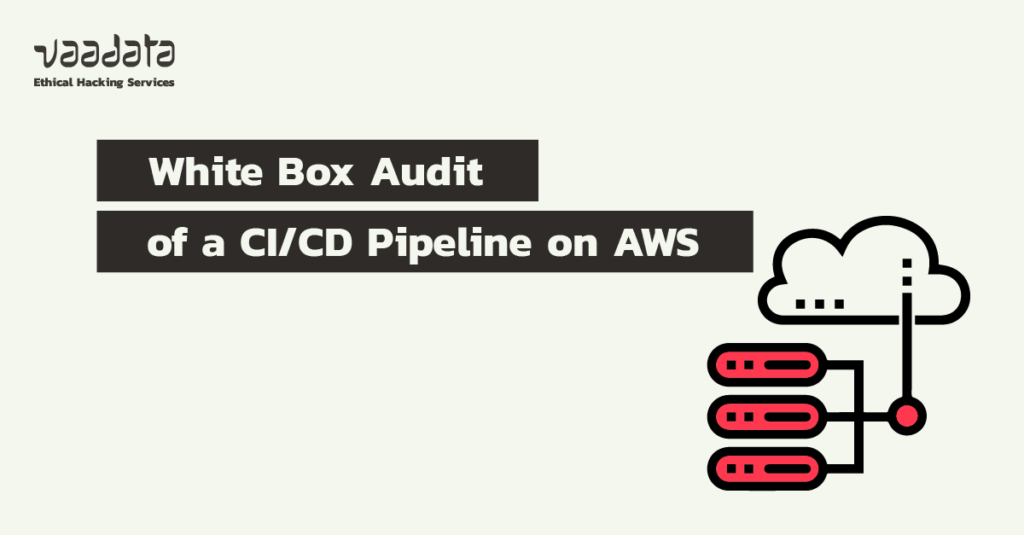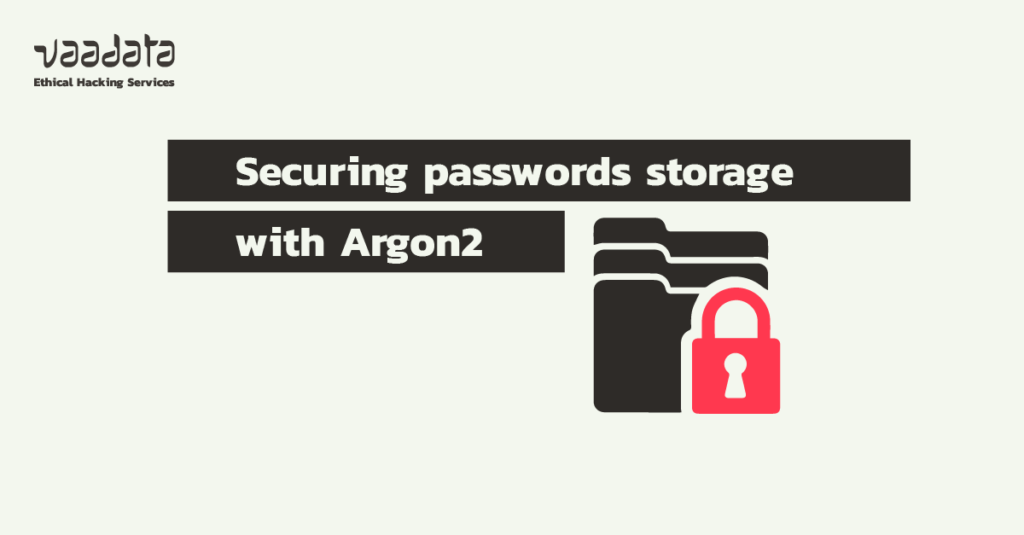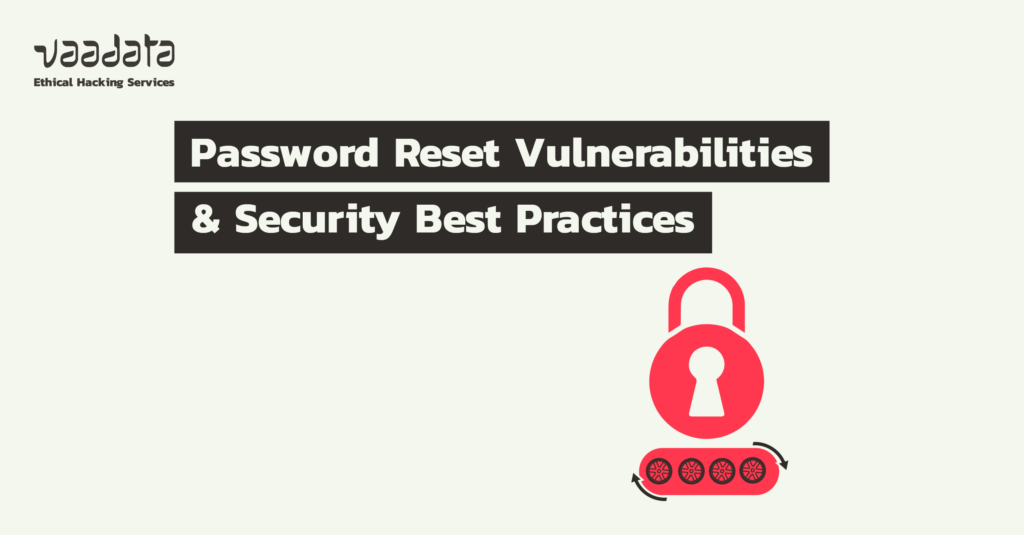
Passwords are still the most common way of authenticating a user. However, setting up a password management system that is both simple and secure can sometimes be tricky.
Indeed, the password reset feature is an interesting target for an attacker, as it can facilitate the theft of user accounts if poorly implemented.

